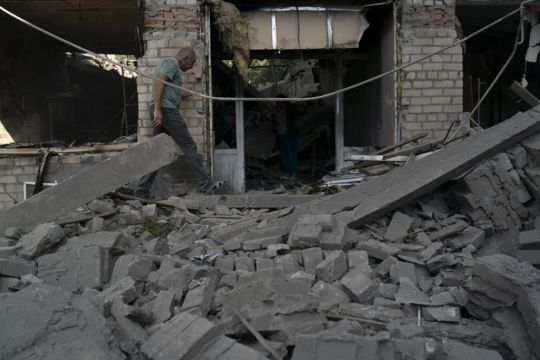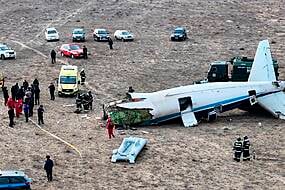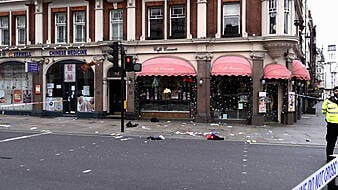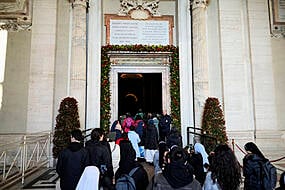Ukrainian forces in the northeastern region of Kharkiv have retaken portions of Russian-held territory there as a Ukrainian counteroffensive in the south has drained some of Moscow’s resources in the area, according to a newly released report.
Ukrainian forces in the Kharkiv region were “likely exploiting Russian force reallocation” to areas near the occupied city of Kherson in the south “to conduct an opportunistic yet highly effective counteroffensive” in the province, Washington-based think tank the Institute for the Study of War said.
Ukrainian forces were likely to have used “tactical surprise” to advance at least 12 miles (20km) into Russian-held territory in the Kharkiv region on Wednesday, recapturing approximately 155 square miles (400 square kilometres) of ground, the report said.
NEW #Ukrainian forces in southeastern #Kharkiv Oblast are likely exploiting #Russian force reallocation to the Southern Axis to conduct an opportunistic yet highly effective counteroffensive northwest of #Izyum.https://t.co/MpOBPGbgdL pic.twitter.com/R2KNyOuKvz
— ISW (@TheStudyofWar) September 8, 2022
Advertisement
Vitaly Ganchev, the Moscow-backed mayor of the town of Kupiansk in a Russian-occupied area of the Kharkiv region, said on Thursday that authorities had begun evacuating women and children from the town and nearby areas because of relentless Ukrainian shelling.
In his nightly video address on Wednesday, Ukrainian president Volodymyr Zelensky also reported success in the Kharkiv region but did not provide further details.
“This week we have good news from the Kharkiv region. You have probably already seen reports about the activity of Ukrainian defenders, and I think every citizen feels proud of our warriors,” Mr Zelensky said.

The gains came as Ukraine continued to mount a counteroffensive in the southern Kherson region, where the Ukrainian military is trying to retake territory from the Russians and has claimed the recapture of an unspecified number of towns.
Ukraine’s ongoing operations near Kherson have forced Russian forces to shift their focus to the south, the Institute for the Study of War report said, enabling Ukrainian forces to launch localised but highly effective counterattacks near Kharkiv, Ukraine’s second-largest city.
Mr Zelensky’s presidential adviser, Oleksiy Arestovych, also spoke of Ukrainian gains near Kharkiv late on Wednesday, saying they would help disrupt supplies to Russian forces in the area and potentially lead to their encirclement.
Meanwhile, tensions continued to simmer around Europe’s largest nuclear power plant where Ukraine and Russia have accused each other of threatening a nuclear disaster by shelling near the facility.
The towns of Nikopol and Marhanets, which face the Zaporizhzhia nuclear power plant across the Dnieper river, came under Russian shelling overnight that left apartment buildings, a school, some industrial facilities and power lines damaged, Valentyn Reznichenko, the governor of the Dnipropetrovsk province, said.
“The nuclear threat isn’t abating because of Russia’s mad actions and we need to consider all possible scenarios, including the worst one,” Mr Reznichenko said in televised remarks.
The head of the UN’s International Atomic Energy Agency (IAEA), Rafael Grossi, has warned that “something very, very catastrophic could take place” at the Zaporizhzhia plant and urged Russia and Ukraine to establish a “nuclear safety and security protection zone” around it.
The fear is that the fighting could trigger a disaster on the scale of the Chernobyl disaster in Ukraine in 1986.







